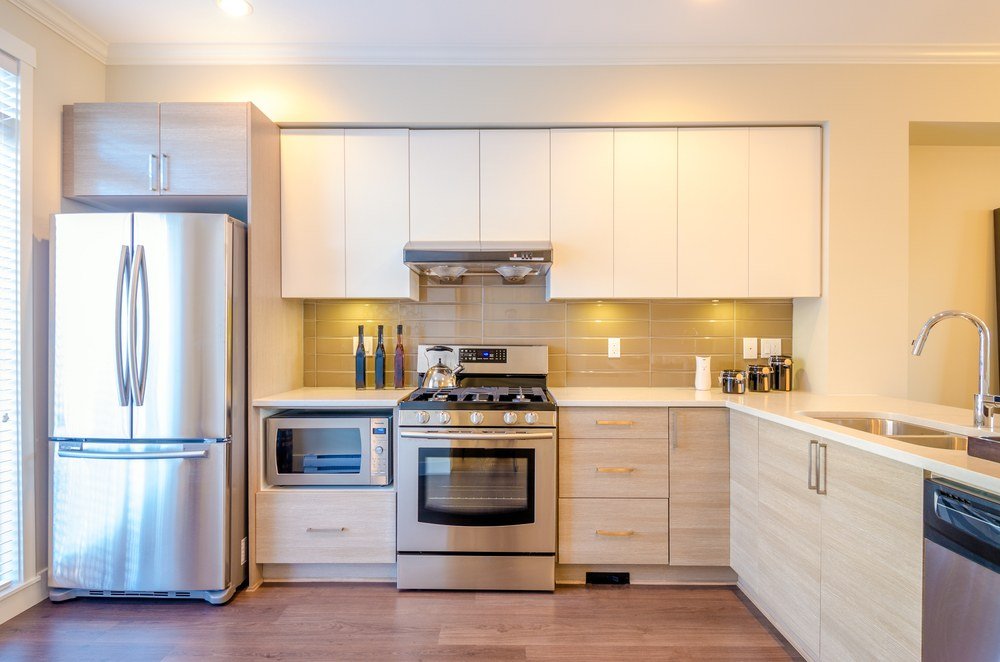Energy Efficient Home Plans To Show Your Contractor

If you’re building or remodeling your home it’s worth considering your future energy efficiency. An energy efficient home is better for the environment, less expensive to maintain, and may even help you qualify for federal or state tax credits.
Though in order to make your new or current home energy efficient, you’ll need to inform your contractor of your plans. Here are some great energy efficient home plans to get you started.

Energy Star Appliances
As you begin discussing plans for your home’s interior, make sure your contractor knows you’d like Energy Star appliances. You can find Energy Star labels on refrigerators, freezers, dishwashers, clothes washers, and dryers. Each label gives you information on the estimated annual operating cost of the appliance, estimated annual electricity use, and key features of the appliance. Choosing these appliances helps cut back on energy and keeps your monthly utility bill low.
Cool Roofs
Instead of using traditional roofing material on your home, talk to your contractor about installing a cool roof. These energy efficient roofs are designed to reflect sunlight, lessening heat absorption compared to other roofing materials. As a result, there’s less heat transferred into your home, and you’ll use less energy to keep your home at a comfortable temperature. In fact, it’s estimated the surface temperature of cool roofs is about 50 degrees lower than the temperature of a standard roof.
Talk to your contractor about the different methods available to turn your roof into a cool roof. Options usually include applying a reflective paint on top of existing roofing materials, using a reflect sheet covering, or installing cool shingles.
Insulation
Insulation reduces the amount of air lost through walls, ceilings, or attics. Less hot air escapes from well-insulated homes in the winter, and less cool air escapes during the summer. This means the more insulated your home is, the less energy you’ll need to power your heating and cooling system.
Work with your contractor to determine the right type of insulation for your home. Each type of insulation has an R-value, which describes how well the material insulates your home. The R-value you should look for will depend on where you live. Homes in cold climates need more insulation than homes in tropical climates. Use this chart provided by the Department of Energy to see what R-value you’ll need.
Lighting
Lighting might not seem important, but it plays a huge role in improving your home’s energy efficiency. It’s estimated that lighting makes up about 10 percent of your electric bill, so you’ll reduce your utility bills by making energy efficient lighting choices.
Be sure your contractor chooses compact fluorescent lamps (CFLs) or light-emitting diodes (LEDs), which use less energy and last longer than traditional light bulbs. You should also talk to your contractor about installing dimmers on your interior lights to control how much light is emitted. For the outside of your home, choose lights with motion sensors or timers to conserve energy.
Before finalizing energy efficient home plans with your contractor, make sure you include these features in your design. With them, you can improve your home’s energy efficiency, lower utility bills, and help protect the environment!


